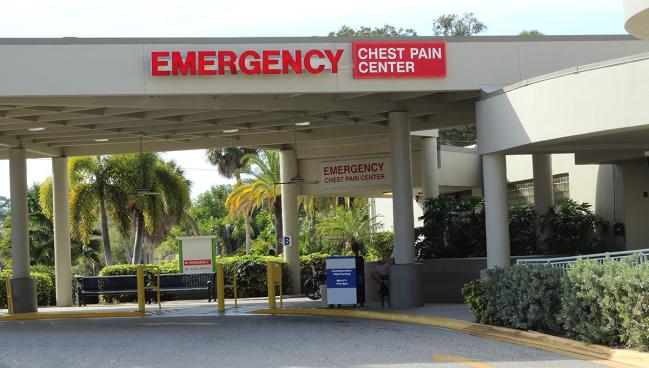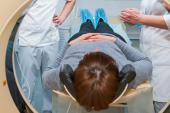Acute Chest Pain in the ED? SCCT Offers Guidance for Using CCTA
The document was written for physicians and hospitals alike, offering both clinical and practical tips, one author says.

With increased use of coronary CT angiography (CCTA) for the evaluation of acute chest pain in the emergency department, the Society of Cardiovascular Computed Tomography (SCCT) last week published new guidance for physicians and hospitals alike regarding best practices, as well as advice for how to build robust programs.
Last year, the American College of Cardiology (ACC) and American Heart Association (AHA) published updated guidelines for stable chest pain that endorsed the use of CCTA in patients presenting to the emergency department with chest pain. Specifically, for those with suspected ACS, the guidelines suggest triaging patients into low-, intermediate-, and high-risk categories, and for intermediate-risk patient without known CAD, CCTA was given a class 1 recommendation for excluding atherosclerotic plaque and obstructive CAD (level of evidence A).
“There's been a number of trials that highlight the utility [of CCTA], and I think operationally now it's just a matter of getting these programs in place, having enough trained readers coming out of training programs in cardiology and radiology, and then making sure that these programs are operating deep into the night to take full advantage of the pathway,” writing committee chair Christopher Maroules, MD (Naval Medical Center Portsmouth, VA), told TCTMD.
The new document, published online last week in the Journal of Cardiovascular Computed Tomography, was also endorsed by the American College of Radiology and the North American Society for Cardiovascular Imaging.
Many of the topics included span a wide array of patients and situations, including those at high risk and how to use CCTA in conjunction with high-sensitivity troponin assays as well as functional testing.
The evidence cited “overlaps” with that in the ACC/AHA guidelines, Maroules said, and is based on eight randomized controlled trials and five meta-analyses over the past decade.
“We're really starting to see this major shift in how we evaluate acute chest pain in emergency departments,” he said. “We're sort of at this inflection point now where we're really starting to recognize the value of coronary CTA.”
This recognition is leading to increased use of CCTA around the country, he said, but a “practical how-to” guide outlining appropriate use of the modality and as practical implementation tips was lacking before this document. Questions they address include: “How do you implement a CTA program in the ED? What are the best practices? How do you make a program successful and leverage the benefits of this of this imaging tool to improve triage, improve patient outcomes, and reduce costs for hospitals?”
Specifically, the document lists the exact staffing, training, quality assurance, and equipment needs for starting and growing a CCTA program. It also outlines best practices for patient selection, and highlights the importance of shared decision-making.
The biggest hurdles standing in the way of increased CCTA use currently relate to the availability of trained readers as well as reimbursement, Maroules said. But “that's changing” with increased educational opportunities plus recognition from payers of the value of CCTA, he added.
Yael L. Maxwell is Senior Medical Journalist for TCTMD and Section Editor of TCTMD's Fellows Forum. She served as the inaugural…
Read Full BioSources
Maroules CD, Rybicki FJ, Ghoshhajra BB, et al. 2022 use of coronary computed tomographic angiography for patients presenting with acute chest pain to the emergency department: an expert consensus document of the Society of Cardiovascular Computed Tomography (SCCT). J Cardiovasc Comput Tomogr. 2022;Epub ahead of print.
Disclosures
- Maroules reports no relevant conflicts of interest.





Comments